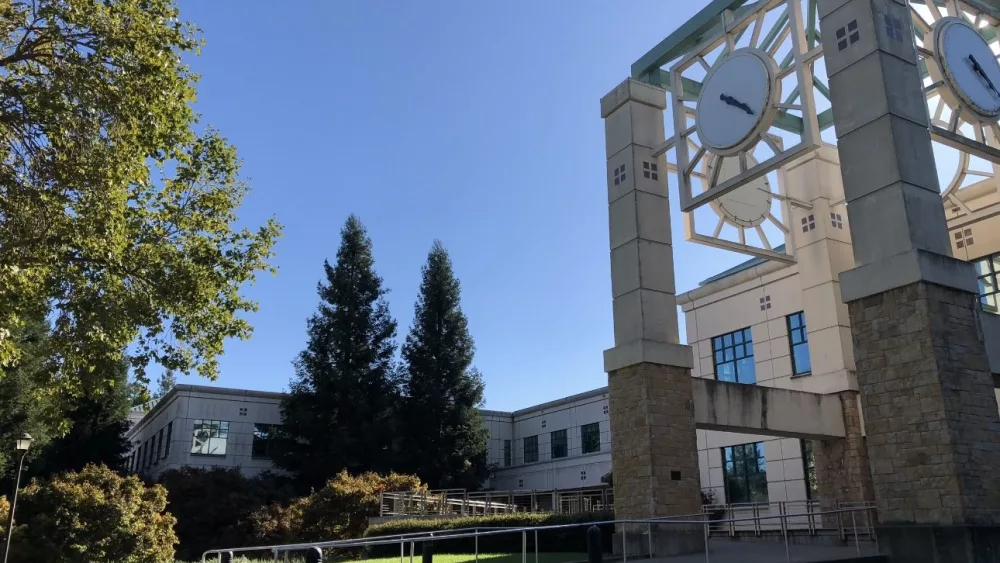Why not take the day off real soon for a little experiment? Blindfold yourself and grab six random bottles of nearly any variety produced in Sonoma and Napa and compare them to an equally random sample of the same varieties from anywhere else on the planet. Isn’t our North Bay going to win that taste test eight or nine times out of 10? I believe so, and so does the American buying public.
Indeed, some of the best and brightest people in our three-county community are executives, marketers, advisers and consultants in the wine industry. But, sheesh, these folks have a huge problem to overcome: acquiring new, younger wine consumers. As you’ll read this issue in Jessica Zimmer’s well-researched story, “The baby boomer generation is aging out of high-end consumption while millennials, and Gen Z consumers are concerned about their mental and physical wellness. Consumers of all ages are also taking part in stints of abstention, from detox diets and dry Januarys to religious holidays like Lent.”
U.S. wine consumption, put simply, is down. The all-alcohol market is also expected to shrink in the next few years. The fine-wine market, our counties’ primary focus, has thankfully grown (on a dollar basis), in the last few years, but not at the rate of grape harvest and production. This is a supply/demand trend that rarely lasts before a major producer “blinks” and floods the market with reduced-priced goods. Has Treasury Wine Estates, home of so many superb labels including Beringer, Stags Leap, Penfolds and Sterling Vineyards, already begun this recent process? Its recent onslaught of “60% Off Now!” promotions sent to my email box leads me to believe so. But let Jessica fill you in on the details; her research is far more substantial than my anecdotal histrionics!
Ukraine & NATO
Is European leadership as focused on what’s going on in the Ukraine as our American politicians and citizens seem to be? We hear the demands Europe keeps making of U.S. taxpayers to spend more money to repel Putin and his Russian forces from Ukraine. We hear from so many of our own politicians that this war must be funded with tens, and soon hundreds of billions of U.S. dollars. But why is Russia’s invasion so unimportant to Europe that most countries aren’t even meeting their own NATO investment pledges that 2% of their gross domestic product (GDP) would go toward military defense? Yet, more than half of this membership has ignored this pledge for years and continue to do so. As Anders Corr, head of Corr Analytics and “equipped” with the perfunctory Ivy League undergraduate and doctorate degrees, so poignantly describes in his recent commentary, 17 European countries and Canada (out of 31 NATO members) have not even met their annual commitments much less exceeded them! He cites the most recent study, conducted by Newsweek magazine, that shocked me: France, Holland, Norway, Germany, Spain, Belgium, Italy and Denmark, are on this list for 2023. The Norwegian Sovereign Wealth Fund, fueled by its OPEC oil revenues, exceeds $1.7 trillion; Norway’s GDP is $435 billion. Yet Norway can’t find a reason to make its $8.7 billion pledge and doesn’t think that its next-door neighbor is a threat that money and/or arms can’t fix? Bulgaria and Albania also have not lived up to their 2% of GDP NATO commitment either yet would be defenseless against Russia’s menacing army without its support. I simply don’t get it. If you do, please enlighten me. As I’ve written before, sometimes asking the right questions is the way to seek the best feedback from others with a different perspective. I welcome yours.
Author
-

Lawrence Amaturo is the publisher of NorthBay biz magazine. In addition to the magazine, Amaturo Sonoma Media Group is owner/operator of Waterdrop Digital Media and eight radio stations serving the North Bay region: KZST, KSRO, Froggy 92.9, 97.7 The River, Hot 101.7, and The Wolf 102.7. Lawrence and his wife, Susan, a local physician, are active in several philanthropic endeavors, and enjoy golfing, skiing and traveling with their adult daughters.
View all posts



